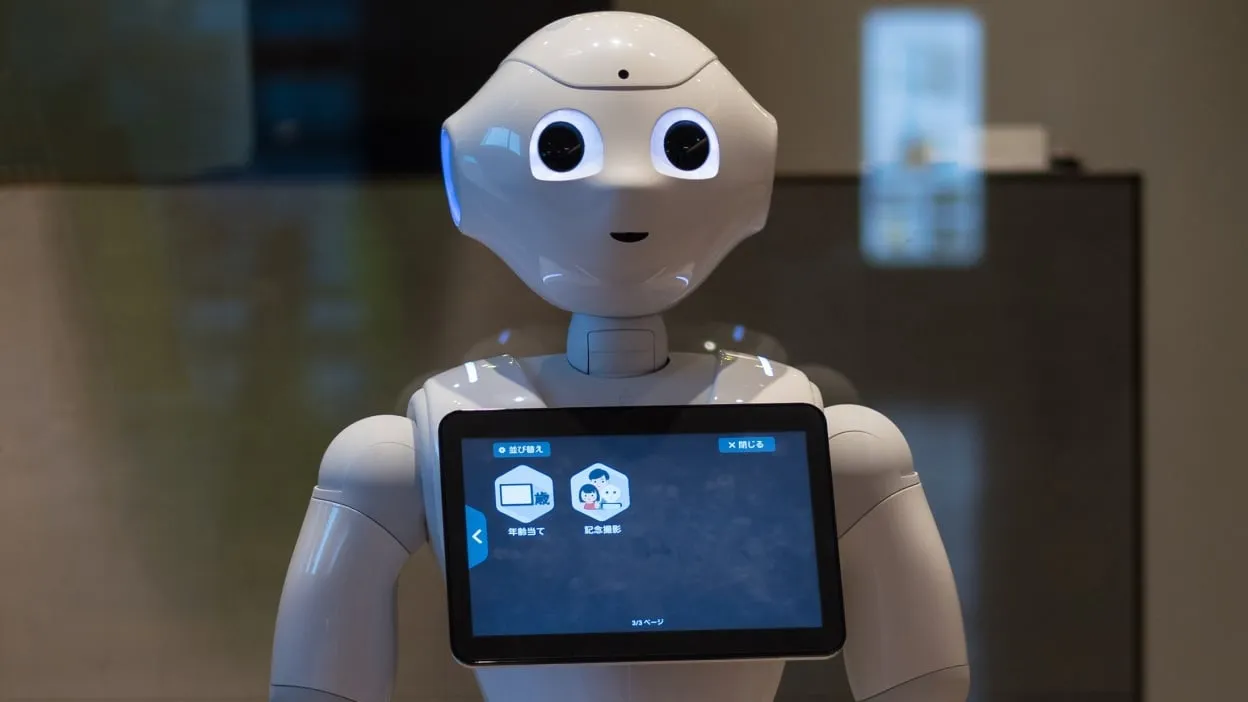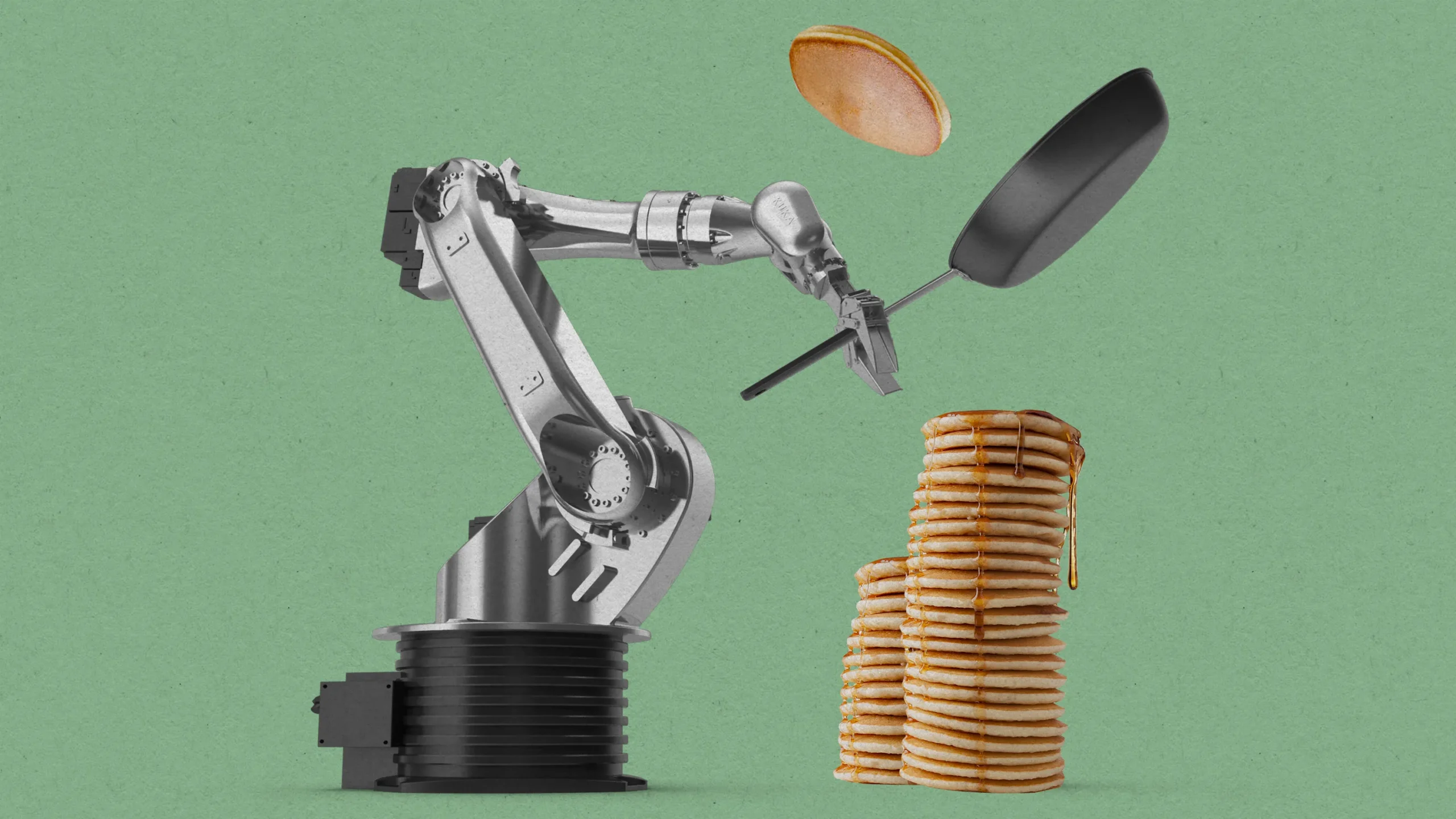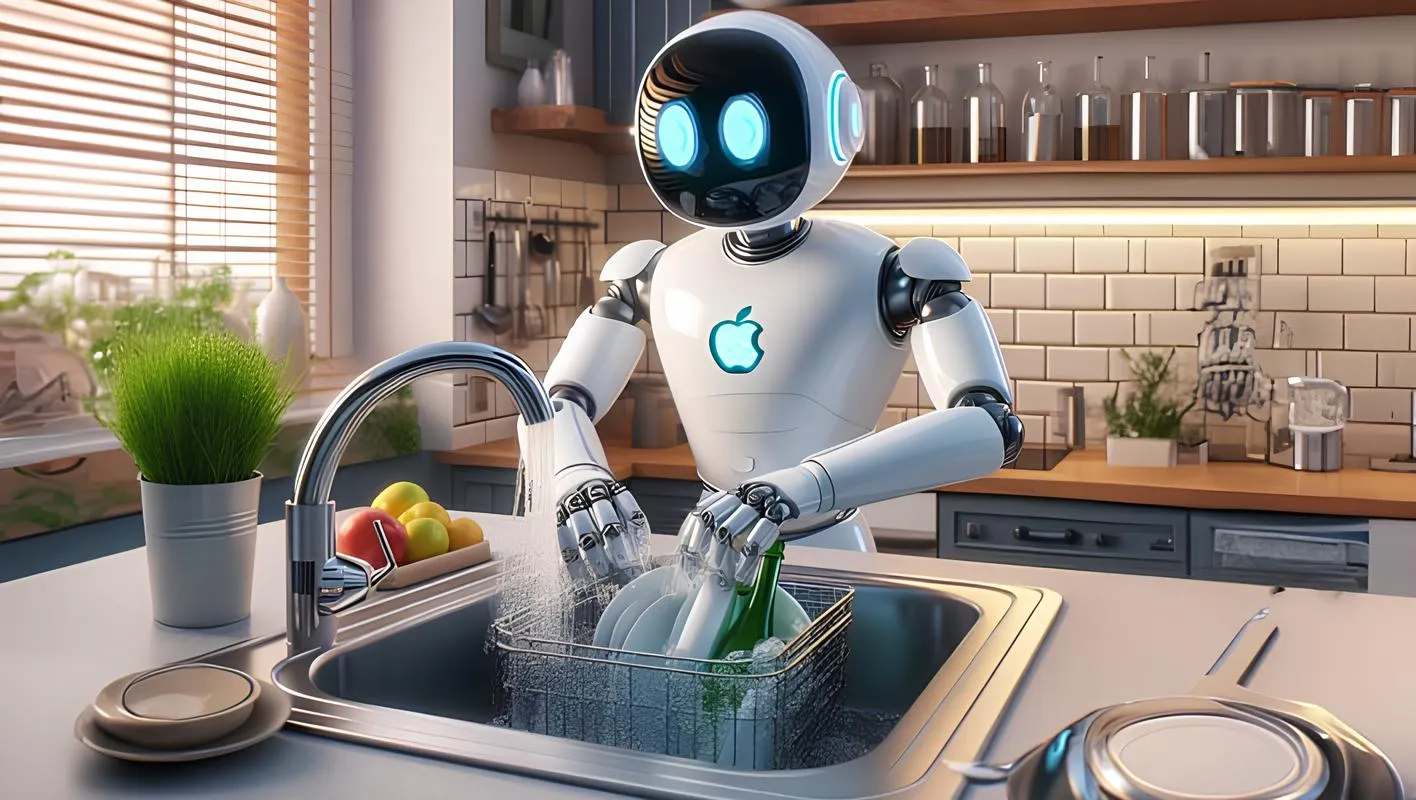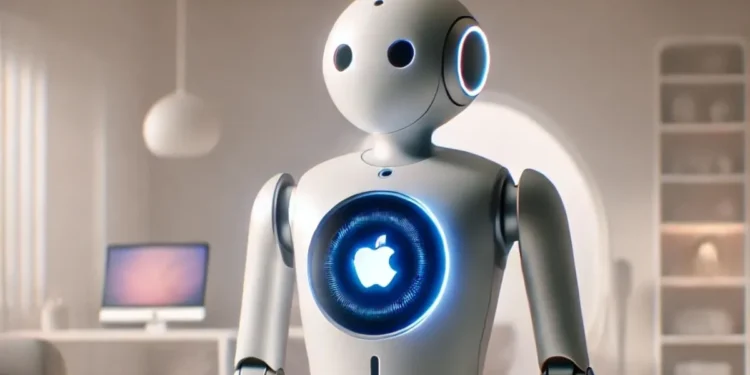In the ever-evolving landscape of technology, Apple has once again captured the attention of tech enthusiasts and industry analysts alike. Ming-Chi Kuo, a seasoned Apple analyst, recently revealed that the tech giant is not only enhancing its portfolio but is venturing into the realm of robotics. This insight, combined with a research paper from Apple, suggests an ambitious dive into both humanoid and non-humanoid robots, marking a pivotal shift in Apple’s strategy.

Humanoid vs. Non-Humanoid: Apple’s Approach to Robotics
Apple’s research, focusing on “non-anthropomorphic” robots like a Pixar-style lamp, highlights an intriguing direction away from traditional humanoid forms. This approach sheds light on the company’s interest in how robots integrate into human environments, emphasizing interaction over appearance. According to Kuo, this phase is still in its early stages, likened to the initial explorations of the now-defunct Apple Car project. He optimistically estimates that we could see these robots hitting production by 2028.
The transparency with which Apple has approached this project is uncharacteristic of the company known for its secrecy. This openness is likely strategic, aiding in attracting top-tier engineering talent needed to push the project forward amid a competitive hiring landscape accelerated by advances in generative AI.

The Core of Apple’s Robotics: Sensing Hardware and Software
Kuo points out that Apple’s current robotics projects extend beyond mere physical forms. “Supply chain checks indicate Apple cares more about how users build perception with robots than their physical appearance,” Kuo states. This implies a significant focus on the sensory hardware and software that will define Apple’s robotic offerings. It suggests that Apple is exploring a variety of systems that might one day integrate into a “future smart home ecosystem,” which could range from smart displays with mechanical arms to more complex robots designed to assist with everyday household tasks.
Challenges and Opportunities Ahead
Despite the excitement, the road to integrating robots into everyday life is fraught with challenges. Pricing and reliability remain significant hurdles, especially when considering the steep costs associated with cutting-edge technology like the $3,499 Vision Pro. Apple’s history with projects like the Apple Car and the initial challenges faced by the Vision Pro and Apple Intelligence highlight a cautious approach to robotics, mindful of the high stakes and potential for failure in a market still in its nascent stages.

Looking Forward: What to Expect from Apple in Robotics
While it is clear that Apple is committed to exploring the possibilities within robotics, the industry can only speculate on what the next three years of leaks and development might reveal. The journey from research papers to consumer-ready products is long and uncertain, but Apple’s venture into this new territory could potentially revolutionize how we interact with machines in our daily lives.
In conclusion, Apple’s foray into robotics might still be in the “throw it at the wall” phase, but its potential to redefine human-robot interactions and integrate seamlessly into our homes is undeniably fascinating. As we look forward to more developments, one thing is certain: the conversation around humanoid and non-humanoid robots is just getting started.










